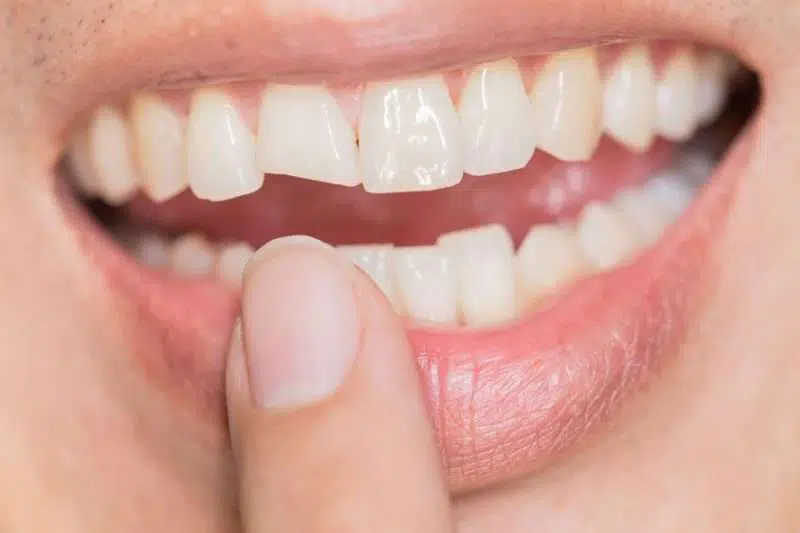Dealing with a broken molar can be a bit daunting, right? It leaves you feeling uncomfortable and wondering how to fix your smile. But don’t worry, modern dentistry has some great solutions to tackle this issue, ensuring your tooth functions well and looks great. Curious about the options? Let’s dive into the top four techniques dentists use to repair broken molars.
Whether you’re passionate about dental care or need some treatment, oral health plays a significant role in preventing complications that can arise from dental issues, such as a broken molar, which underscores the importance of regular dental check-ups and prompt treatment when problems arise. In this blog post, we’ll chat about the techniques dentists use to fix a broken molar.
1. Gauging the Severity of a Broken Molar
Before starting any treatment, dentists must check how much damage the molar has. This step is super important because it helps them figure out the best way to fix it. Usually, the dentist will do a detailed exam, take a good look, and maybe even use dental x-rays.
2. Dental Bonding for Minor Fractures
Dental bonding is usually the go-to for fixing small chips and cracks. It involves applying a tooth-colored composite resin that’s shaped and polished to match your natural teeth. It’s a simple and budget-friendly way to handle those minor repairs.
3. Dental Crowns for Substantial Damage
When a molar takes a beating and loses a lot of its structure, a dental crown is usually the go-to fix. Think of crowns as protective caps for your damaged teeth that bring back their size, shape, strength, and function. They can be made from porcelain, metal, or ceramic, offering durability and a nice look.
4. Inlays and Onlays for Moderate Restoration
While onlays cover one or more cusps, inlays are excellent for repairing damage within a tooth’s cusps. Typically, the procedure entails removing the damaged region, taking imprints, and installing a temporary repair. Upon your subsequent visit, the bespoke inlay or onlay is glued to the tooth.
An inlay is used when the damage is confined to the innermost part of the tooth. It covers a significant portion of the chewing surface but does not extend over any of the cusps.
5. Root Canal Treatments for Deep Damage
Root canals are great for saving your natural tooth structure, especially when dealing with deep fractures. If you keep up with good oral hygiene and regular dental visits, a tooth that’s been treated can last a lifetime. It shows how valuable this restorative technique is!
6. Bridging Function and Aesthetics
Modern dentistry isn’t just about fixing function, it’s also about boosting aesthetics. When it comes to fixing a broken molar, the goal is to keep that natural tooth look and ensure it blends with the others. Whether through composite bonding or custom-made crowns, today’s dental solutions are all about ensuring everything looks and feels great.
Feel the assurance that comes with having a perfect, natural-looking grin! You can receive dental fillings in Colorado Springs as quickly as possible, allowing you to get your procedures done and enjoy a pain-free, gorgeous smile once more.
In Summary: Effective Techniques for Restoring a Broken Molar
Fixing a broken molar is something modern dentistry is good at. With lots of techniques available, dentists can cater to each patient’s needs. Whether it’s a simple bonding or a complex root canal, there are solutions to keep molars both functional and looking good.
For more on this content, visit the rest of our blog!




